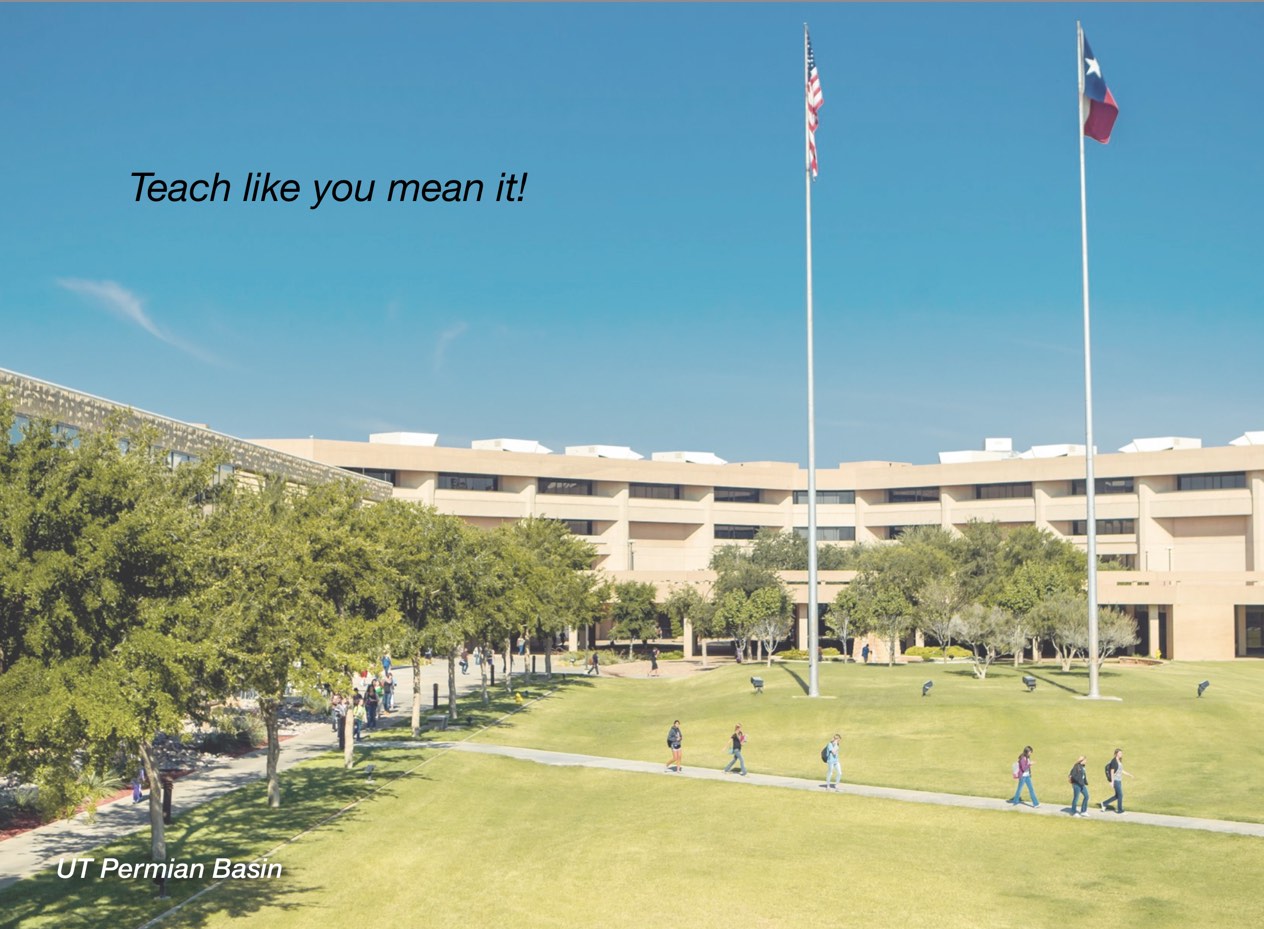3 The Mirror Effect


Brent Iverson
The attitude and enthusiasm of your class is a direct reflection of how your students perceive you. If you find yourself leading a class in which your students are not properly engaged or excited about the material, try looking for answers in the mirror. The best way to improve what is happening in your class is to see yourself as your students do, then make the adjustments necessary to provide them with the image you want them to see. When I am excited about what I am teaching, my students are excited to learn it. When I am having fun in class, so are they.
Conversely, when I am not fully engaged during class, the students are not either. On many occasions over the years I have had to reboot my own attitude and enthusiasm mid-semester, which has always been followed by an immediate improvement in the attitude and enthusiasm of the class.
I was fortunate to have this mirror effect made apparent to me even before I stepped foot in a classroom as a faculty member. When I first arrived at the University of Texas at Austin, I asked two senior colleagues for advice on teaching large organic chemistry lecture classes. One told me that I would be disappointed with student attitudes and that I should not expect students to be interested in organic chemistry. He went on to say that the students would be impossible to work with because they are focused on the wrong things. More than just a little shaken, I went to see the other colleague, who was known for teaching excellence and innovation. He told me that we were lucky to be faculty members at a major university with such enthusiastic and eager students. He was convinced our students love organic chemistry and predicted that interactions with them would be the highlights of most of my days on the faculty.
Immediately after the second conversation, I retreated to my office, shut the door, and began to process the two very different depictions of students. Knowing that both colleagues were talking about the same student population, I tried to draw a straight line between these data points. That’s when it dawned on me: in many ways, my two colleagues had just unknowingly described themselves. Both of them had correctly described the students they experienced, but each one’s description was a direct reflection of his own attitudes and engagement, whether positive or negative.


Chapter 3 Commentary : Kenneth Roemer
“[T]ry looking for the answers in the mirror”: that opening advice turned me off. I’m bald, wear glasses, and have a slight stoop. Looking in the mirror would just make me self-conscious.
Fortunately, I continued to read and realized that Brent Iverson was not emphasizing physical appearance but the ways teachers’ displays of enthusiasm for their subject could be contagious and inspire students to be engaged learners. Years ago, a new graduate teaching assistant demonstrated to me the truth of the power of the mirror effect. It was one hour before Barbara Chiarello’s first class as a teacher. She was terribly nervous. To calm her down I told her that first-year students were probably also nervous. If she stood before them as a nervous wreck, they would probably become more anxious. I told her to pretend as if she were at ease and full of enthusiasm for the class. She followed my advice. The students’ positive responses enabled her to drop the act of being calm and to be much more at ease and enthusiastic. The mirror effect obviously worked. Of course, she had advantages: she wasn’t bald, a glasses wearer, and a bit stooped.”

